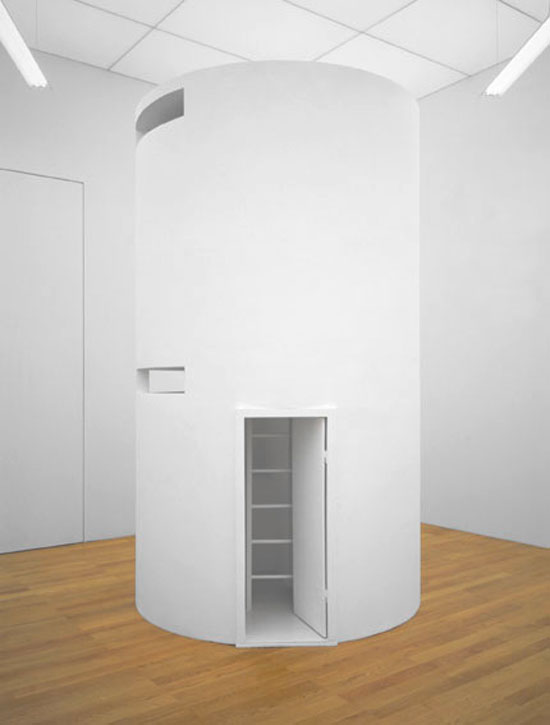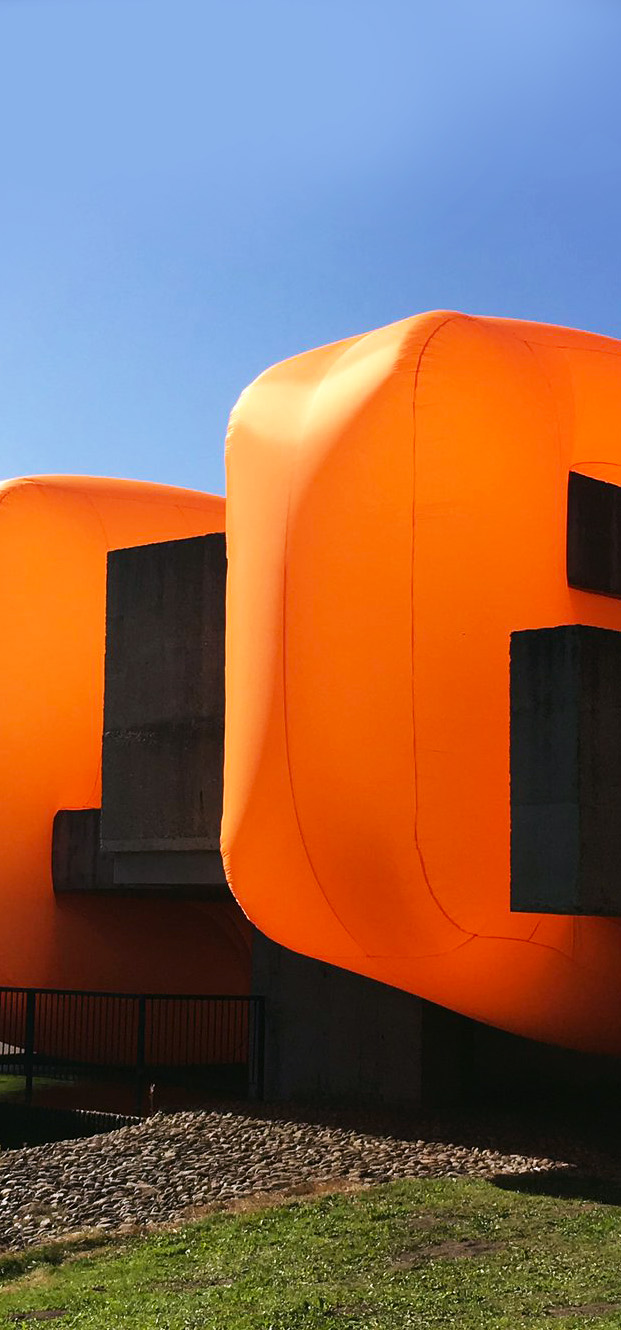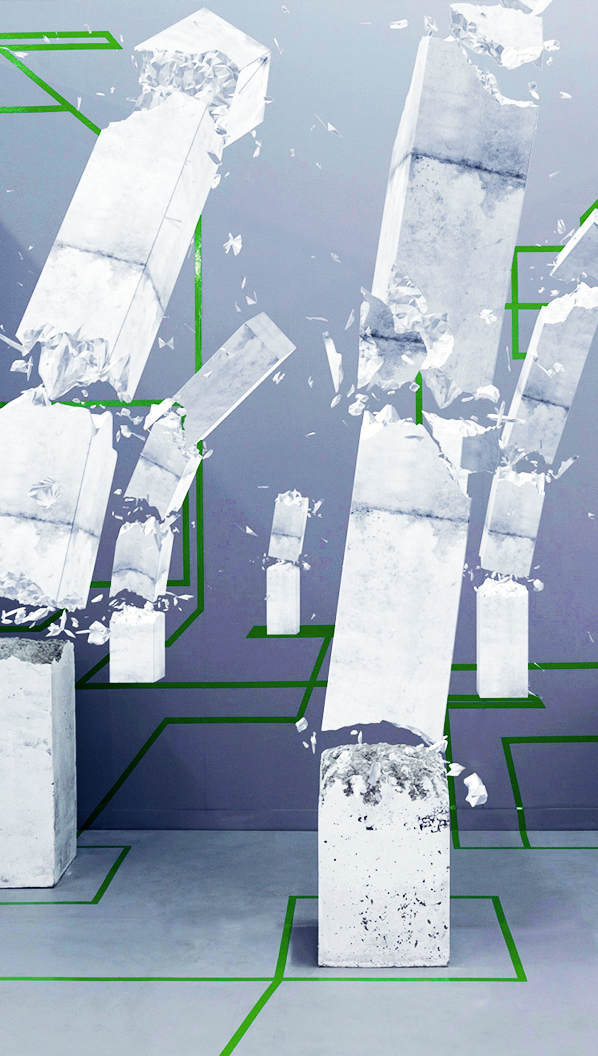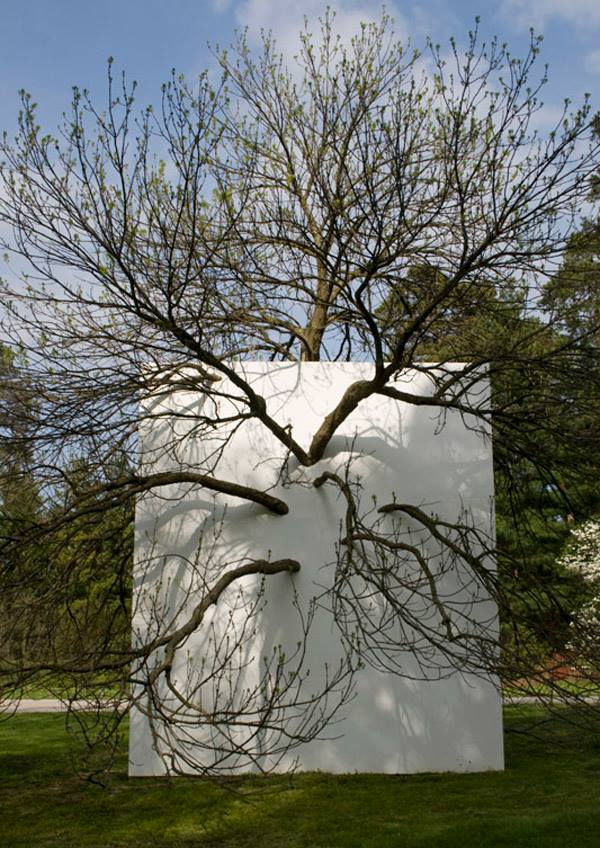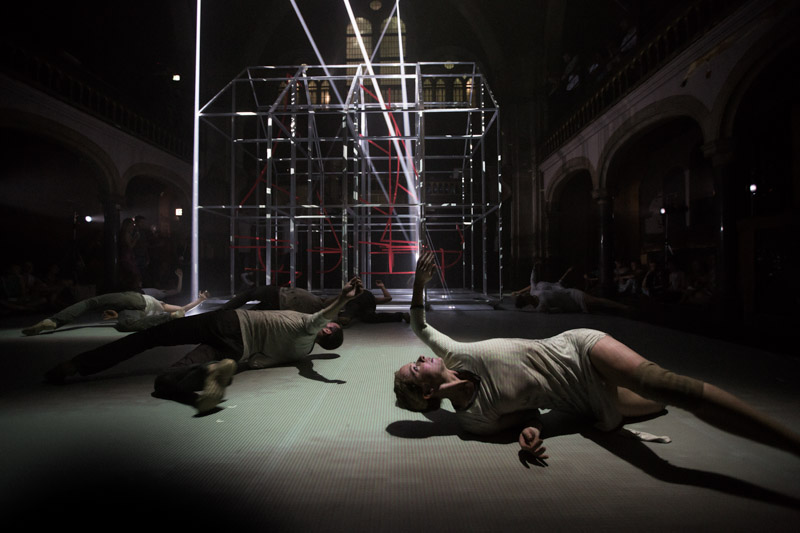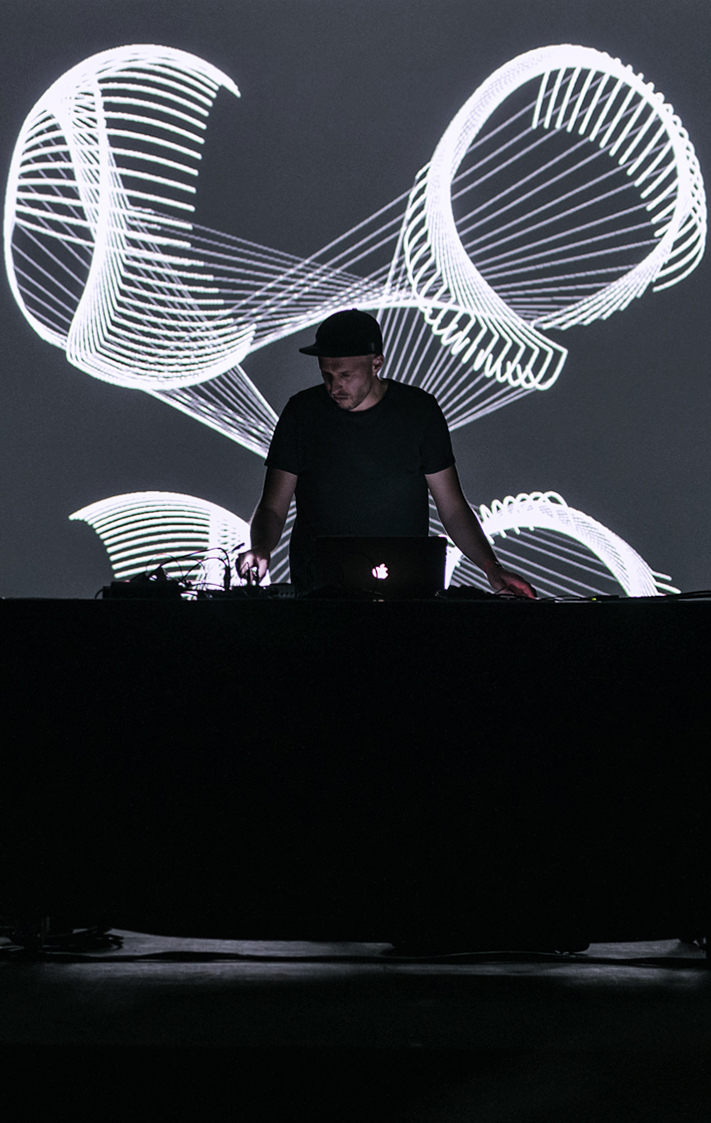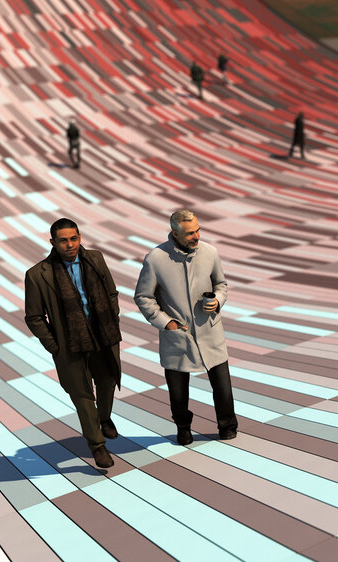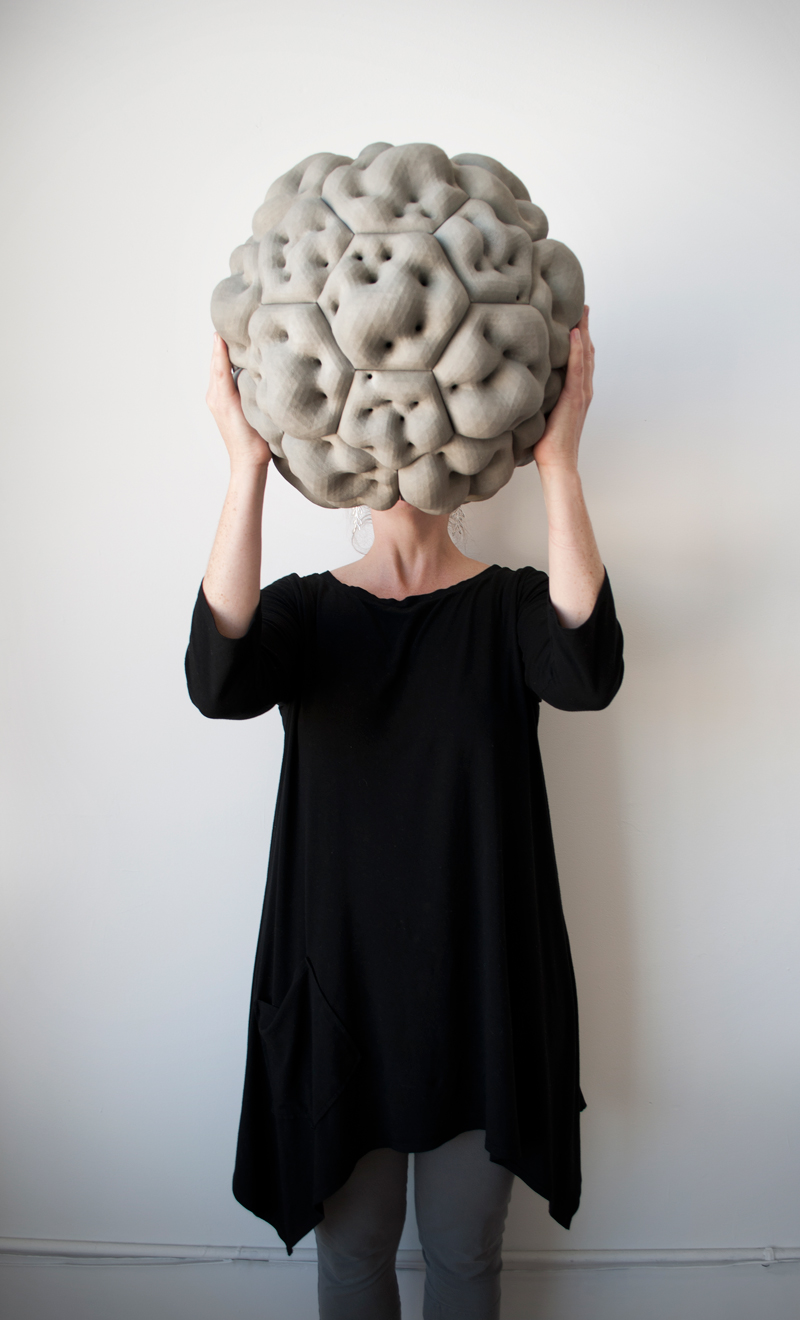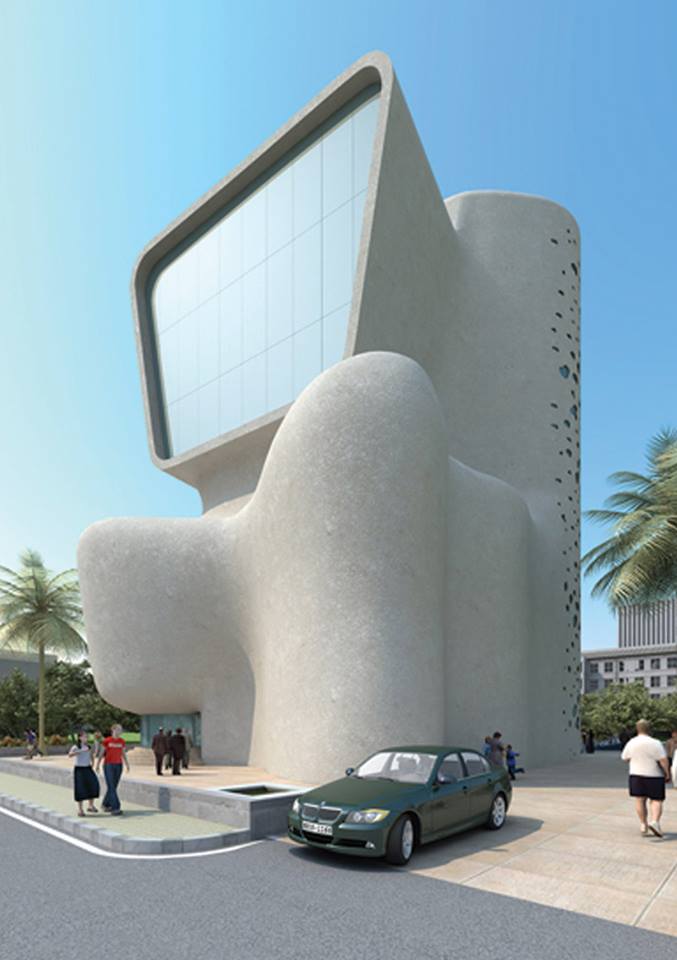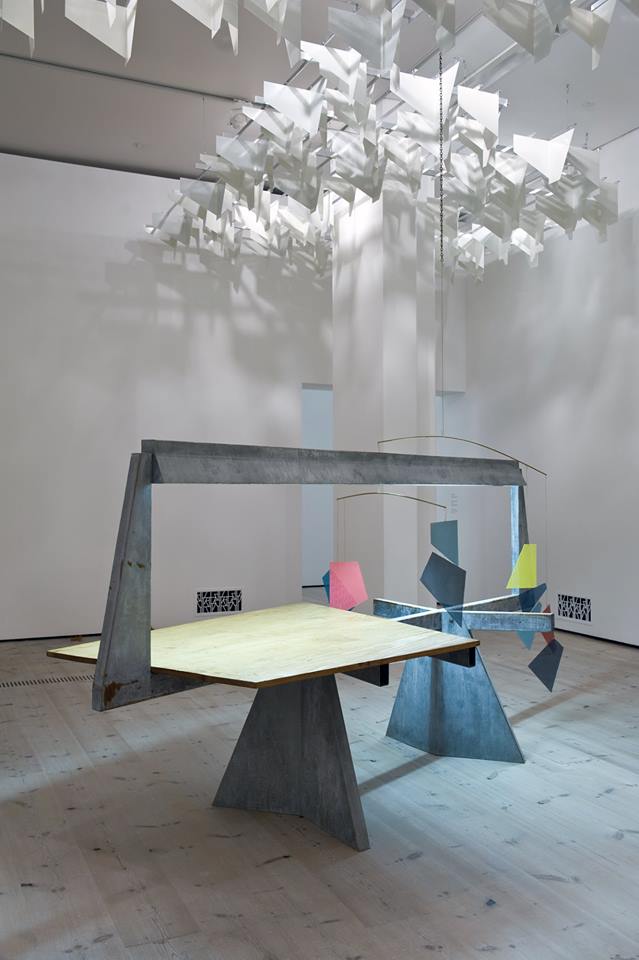
Nicole Zisman
I frequently entertain the idea that everything we perceive might actually not be real at all, that the world around me could actually just be my senses lying to me. The idea that “reality is a hoax” completely freaks me out, so naturally it became the concrete starting point for my collection. From this, I began to develop different ways of “imagining” garments, of finding ways of putting things that are not really there into existence. I wanted to blur the lines of real versus imagined//artificial. Print was the best facilitator of this goal.

